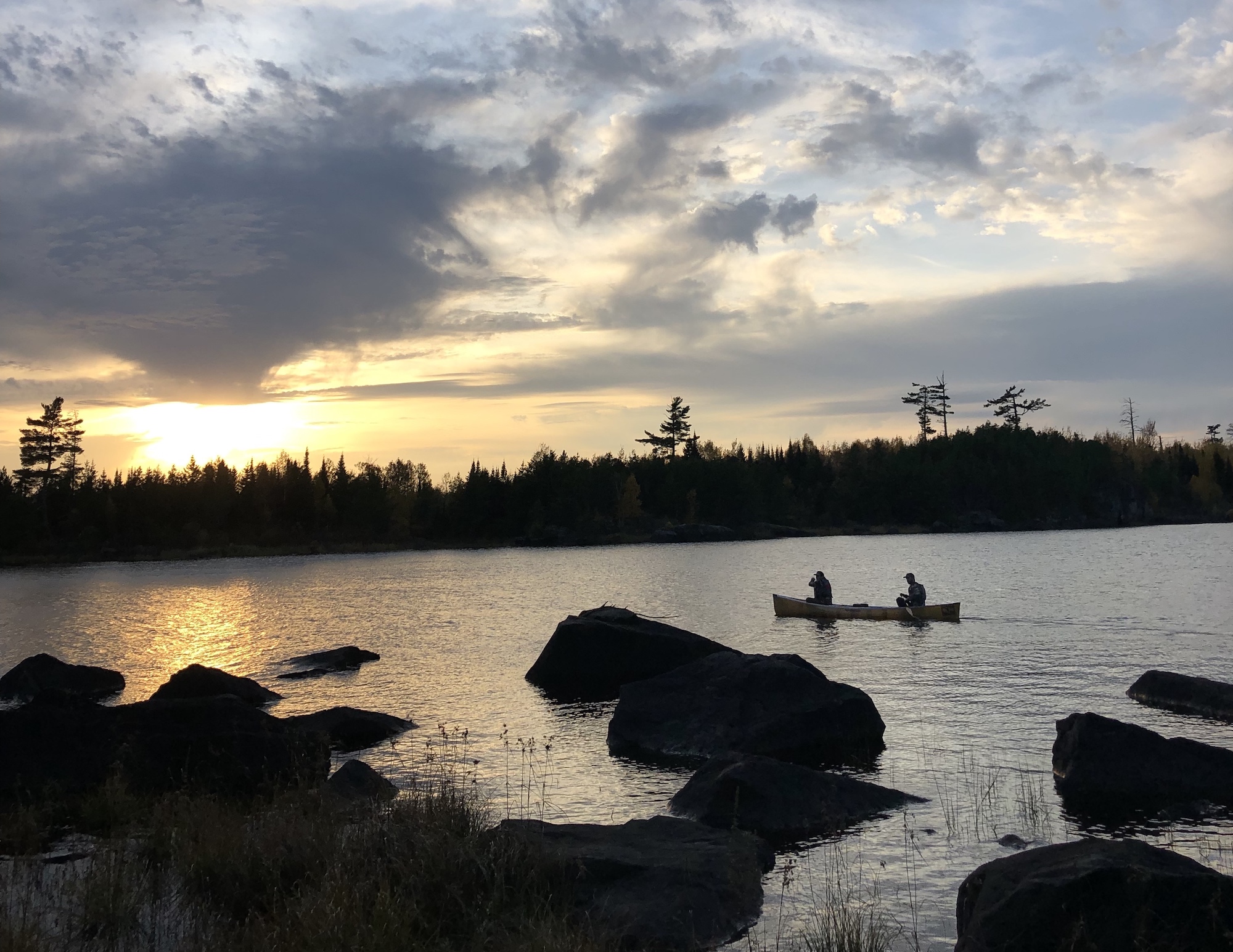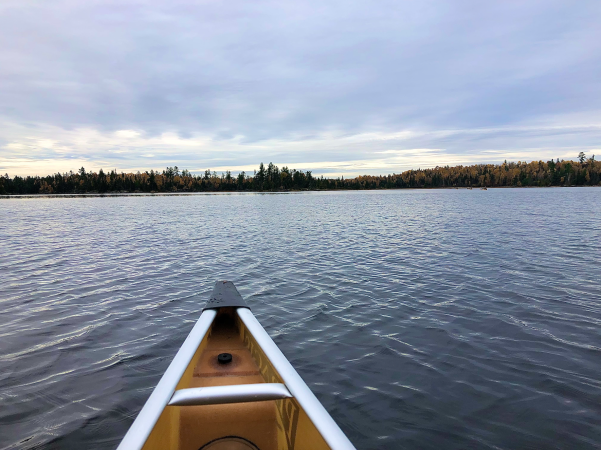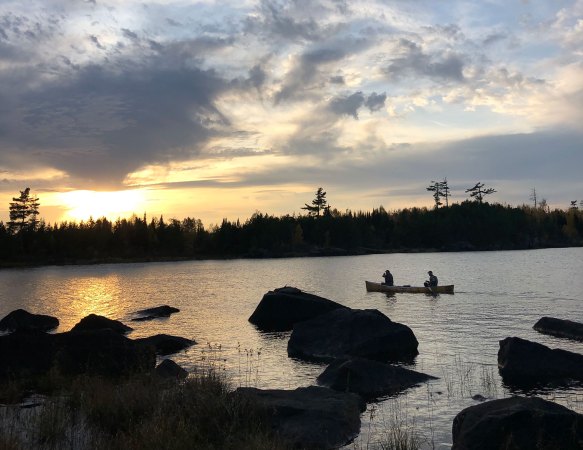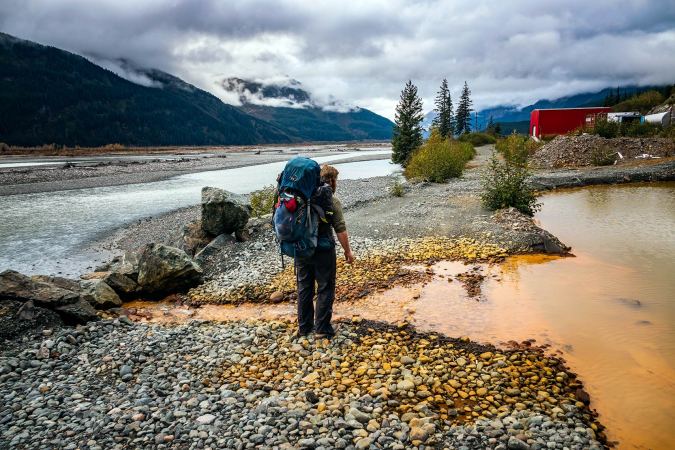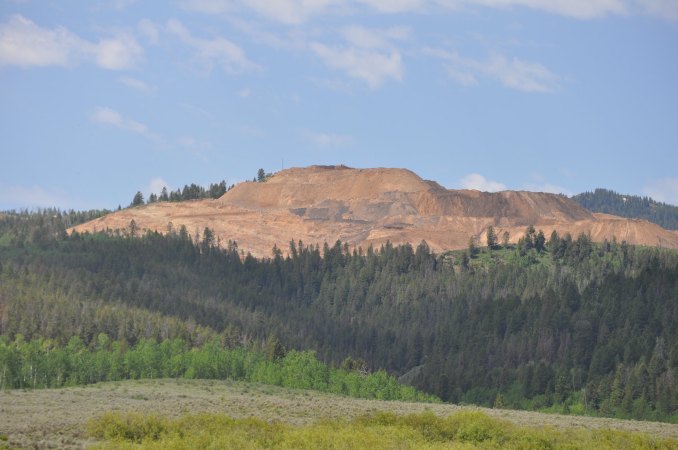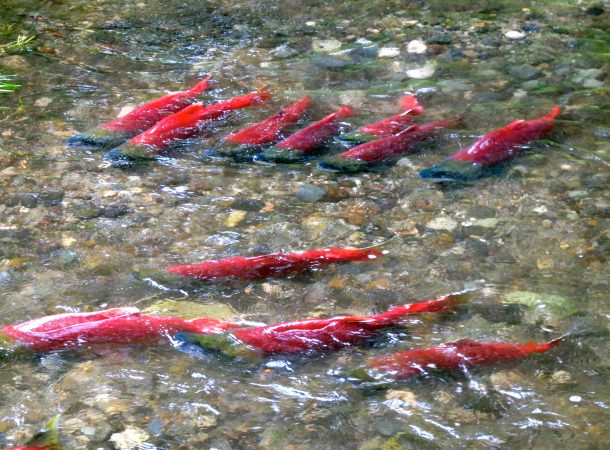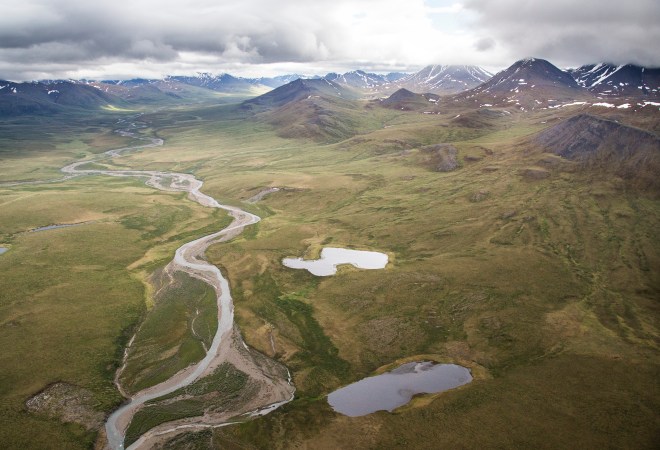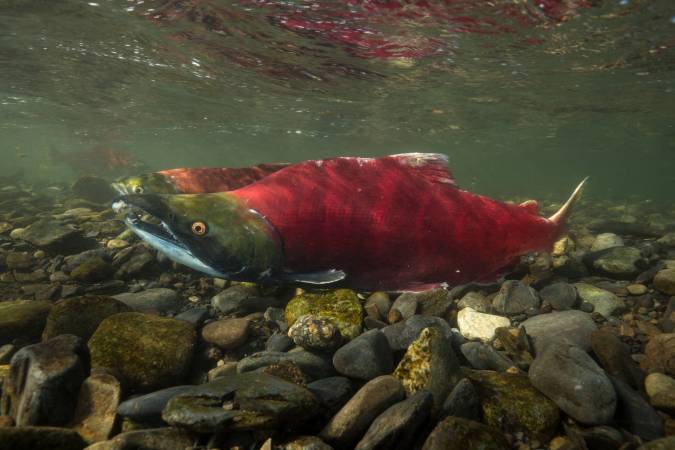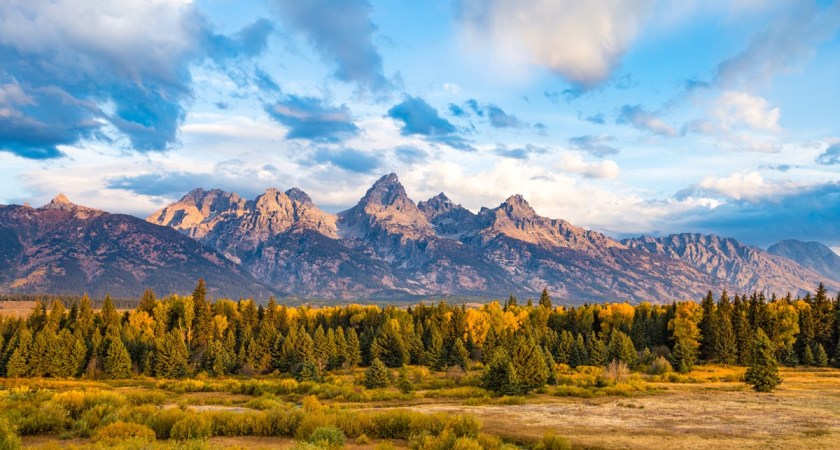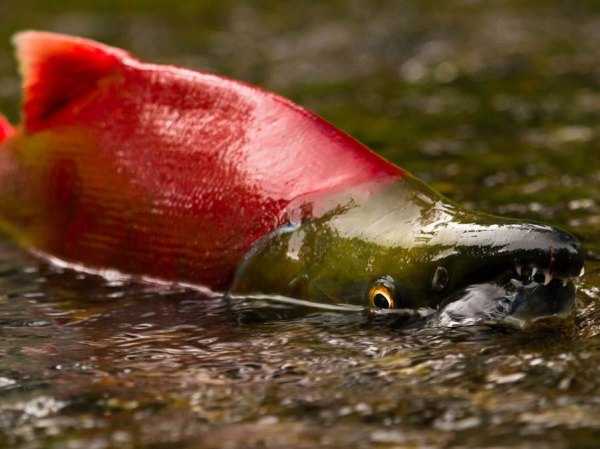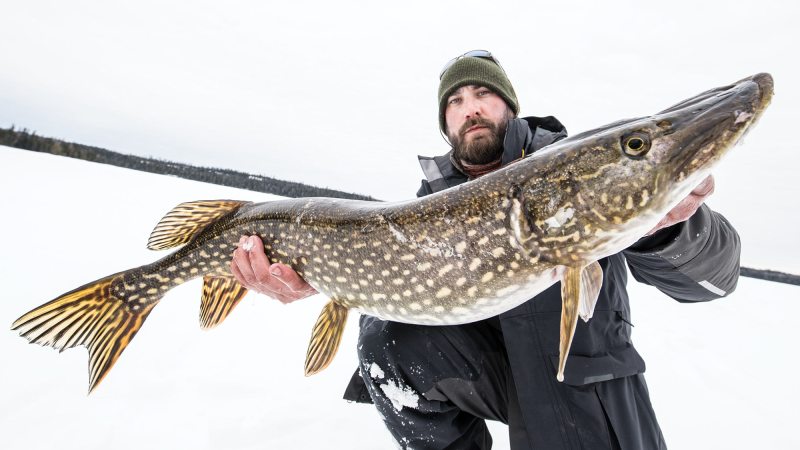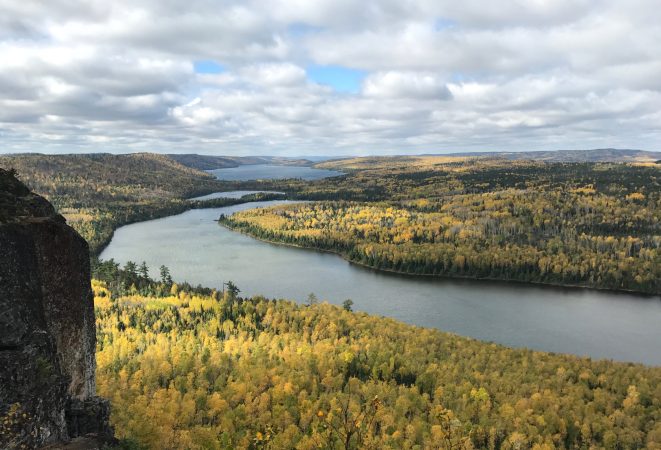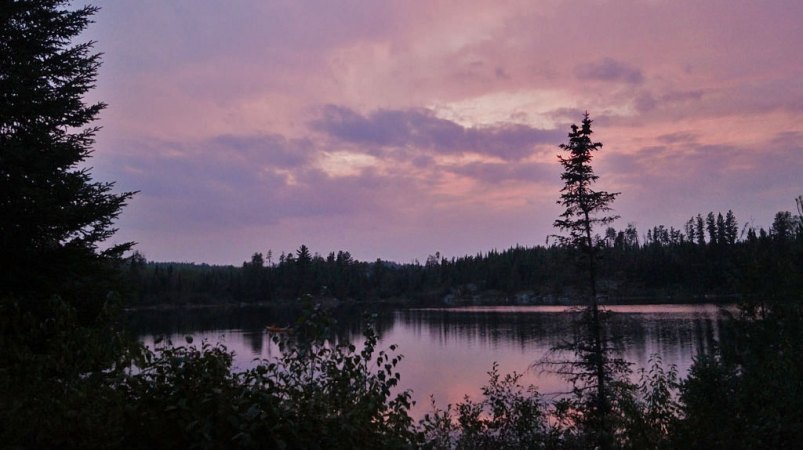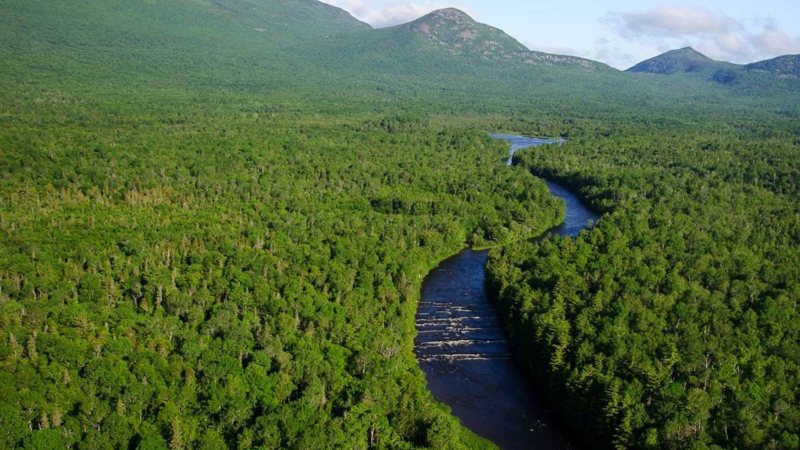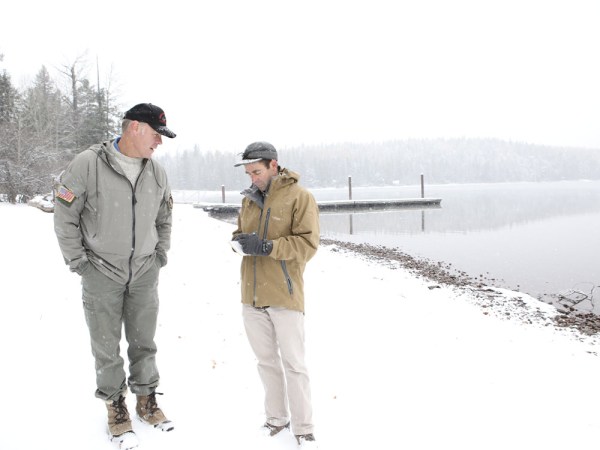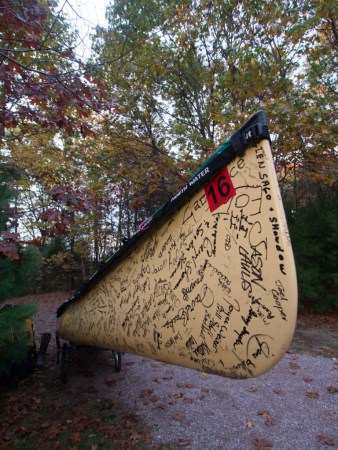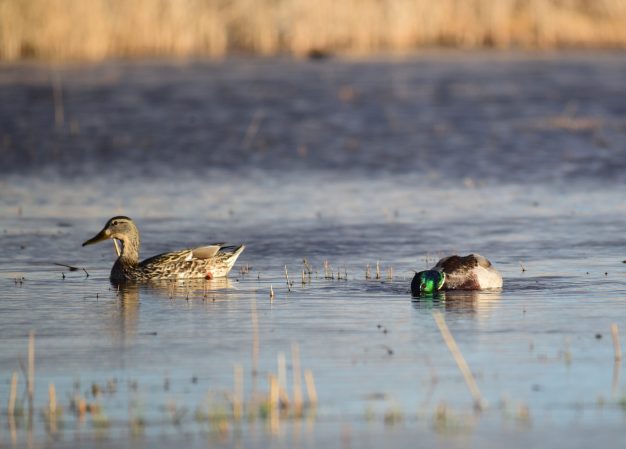The Department of Interior announced yesterday that it has withdrawn approximately 225,504 acres of public lands in Minnesota’s Superior National Forest from federal mine leasing programs. This move by the Biden administration effectively halts the proposed copper-nickel mine that Twin Metals has been trying to develop there, and it places a moratorium on all mining activity in the area for the next 20 years. Taken together, these moves represent the most significant protections to date for the Boundary Waters Canoe Wilderness Area and the surrounding watershed.
The BWCA is a rugged, 1-million-acre boreal forest wilderness intersected by rivers, lakes, and bogs. It’s the most visited wilderness area in America (approximately 250,000 people annually) with folks traveling from all over the world to canoe, fish, and camp within its boundaries each summer.
“With an eye toward protecting this special place for generations, I have made this decision using the best-available science and extensive public input,” Secretary of the Interior Deb Haaland said on Thursday. “The Department of the Interior takes seriously our obligations to steward public lands and waters on behalf of all Americans. Protecting a place like the Boundary Waters is key to supporting the health of the watershed and its surrounding wildlife, upholding our Tribal trust and treaty responsibilities, and boosting the local recreation economy.”
Haaland’s announcement is being celebrated by conservationists and outdoorsmen, who have long sought to protect America’s most visited wilderness from copper-nickel mining. They point to the tremendous risk that this type of mine would pose to the watershed and the 1-million-acre wilderness, which contains some of the wildest country left in the Upper Midwest.
“Not only is this announcement a milestone in the history of the Boundary Waters Canoe Area, but it also affirms the immeasurable value of the Boundary Waters to Minnesota’s outdoor economy, its unparalleled recreational opportunities, and its contribution to the legacy of our nation’s public lands and waters,” says Lukas Leaf, the executive director of Sportsmen for the Boundary Waters. “Thank you to all who have stood shoulder to shoulder with us for years in defense of the Boundary Waters.”
Undermining a Wilderness Watershed
For more than a decade, the Minneapolis-based company, which is a subsidiary of Chilean mining giant Antofogasta, has had its eye on the vast copper reserves that lie beneath the northeastern part of the state. In order to access these, however, Twin Metals would have tunnel underneath the interconnected rivers, lakes, and wetlands that make the Boundary Waters such a renowned canoeing, fishing, and hunting destination.
Read Next: What Sportsmen Need to Know About the Boundary Waters Mine
Proponents of the mine argue that America needs all that copper to feed the growing demand for electronics and renewable energy. The soft and highly conductive metal is standard in most electrical wiring, so it can be found in everything from smartphones and refrigerators to circuit boards and solar panels. They also point to the 1,500-plus jobs the mine would bring to the region, which has deep historic ties to taconite and iron mining (the region is known as the Iron Range).
Opponents to Twin Metals’ proposed copper-nickel mine say the two types of mining are incomparable. They argue that underground copper mines are more toxic and pose a much greater risk to the watershed than traditional iron and taconite mining.
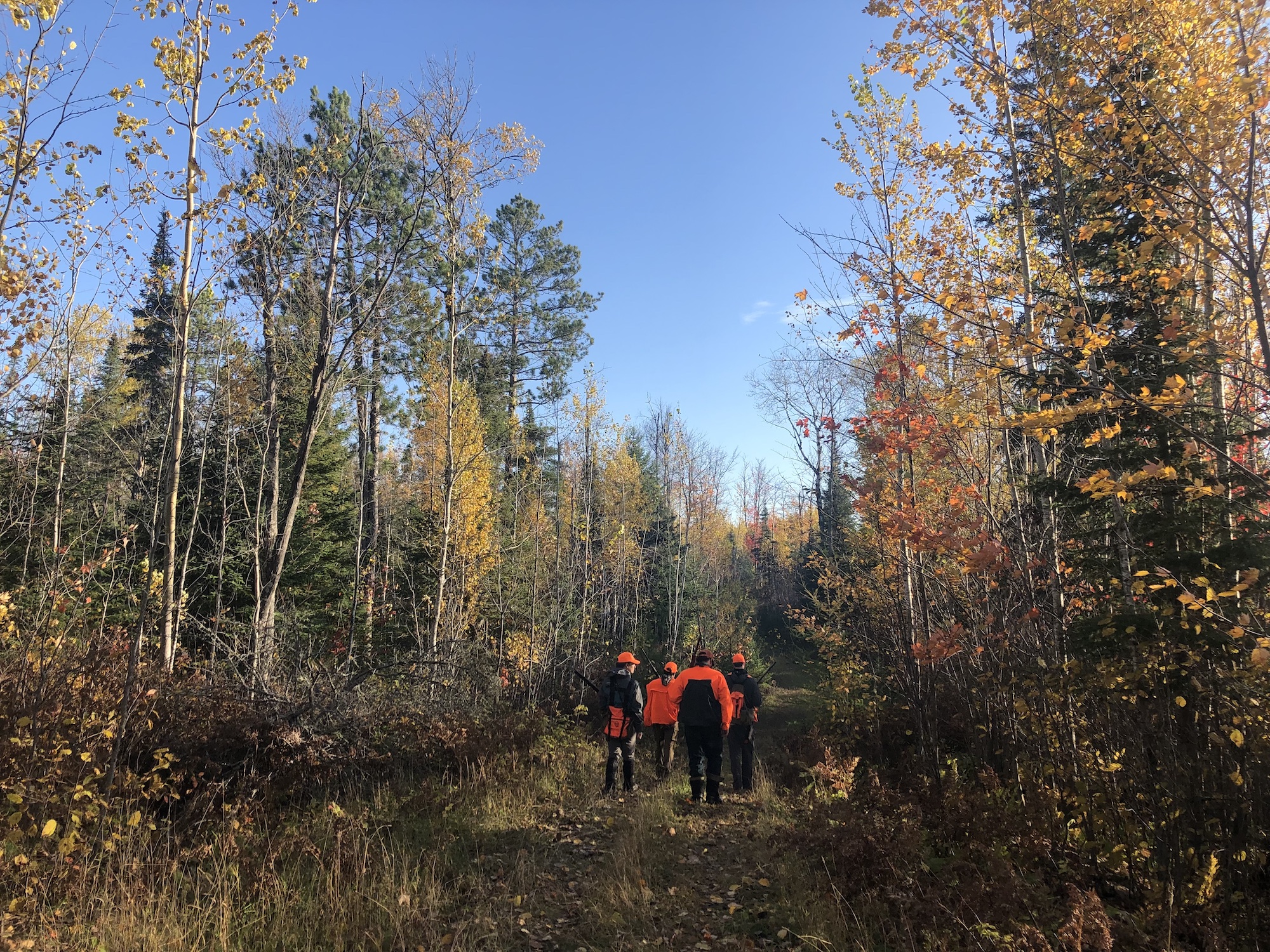
“This type of mining cannot happen without acid-mine drainage leaking into nearby ground and surface water,” Sportsmen for the Boundary Waters explains on their website. “While more arid environments are better suited for these mines, the interconnected lakes, rivers, and streams in the BWCA make it no place for a sulfide-ore copper mine.”
Presidential Ping Pong
Uncertainty over the mine has spanned multiple presidential administrations. In 2016, the Obama administration decided not to renew Twin Metals’ mining leases. This decision was then reversed by the Trump administration, which reinstated those leases in 2018.
Last January, the Biden administration withdrew Twin Metals’ leases yet again, and it announced that it would seek a 20-year moratorium on all mining activity in the 225,504 acres of federal land adjacent to the Boundary Waters. The U.S. Forest Service moved forward with an environmental impact statement in June, which was followed by a public comment period. The agency’s recommendation for a mineral withdrawal was passed onto the DOI, which brings us to the announcement that Sec. Haaland made on Jan. 26. This moratorium ensures that Twin Metals cannot apply for another mining lease in the area for the next 20 years.
Read Next: The Wilderness War: Ice Fishing the Boundary Waters Canoe Area Wilderness
What the moratorium doesn’t do, however, is grant permanent protection to the region. As we’ve seen over the past three administrations, a new President could easily put forth recommendations to overturn the 20-year moratorium, at which point those more than 225,000-acres would be subject to future mining proposals.
Real permanent protections for the Boundary Waters can only happen through an act of Congress. These legislative attempts have been unsuccessful in the past, but one Minnesota Congresswoman has already signaled that she’ll try this approach again.
What’s Next for the Boundary Waters?
In a statement applauding Sec. Haaland’s announcement, Rep. Betty McCollum (D-Minn.) said she plans to reintroduce the Boundary Waters Wilderness Protection and Pollution Prevention Act in a continued effort to “protect this national treasure in perpetuity.”
Other legislators in the state had the exact opposite response. Rep. Pete Stauber (R-Minn.), whose district includes the Boundary waters, called the decision “a direct attack on our way of life,” while a bipartisan coalition of state representatives sent a letter to the Biden administration expressing a similar opinion.
“Simply put, this order is an all-out attack on the communities and region that we represent,” they write. “It is unacceptable that your administration is once again choosing to invest taxpayer dollars in the development of Chinese owned mines in nations that employ child-slave labor while blocking the development of taconite, copper, nickel, cobalt, platinum-group elements, and many more critical minerals here in America.”
As for the future of the Boundary Waters and Minnesota’s mining industry, Leaf clarifies that SFBW is not an anti-mining organization, and he points to an important distinction between the 20-year moratorium imposed by the Biden administration and the legislation that McCollum has committed to reintroducing. He says that while the 20-year moratorium encapsulates all mining activity, the Boundary Waters Wilderness Protection and Pollution Prevention Act would allow for taconite and iron-ore mining to take place within the 225,504-acre area (while still prohibiting copper mining). Leaf believes this concession would allow for the Iron Range’s mining industry to continue while also safeguarding one of the nation’s most treasured freshwater wildernesses.

